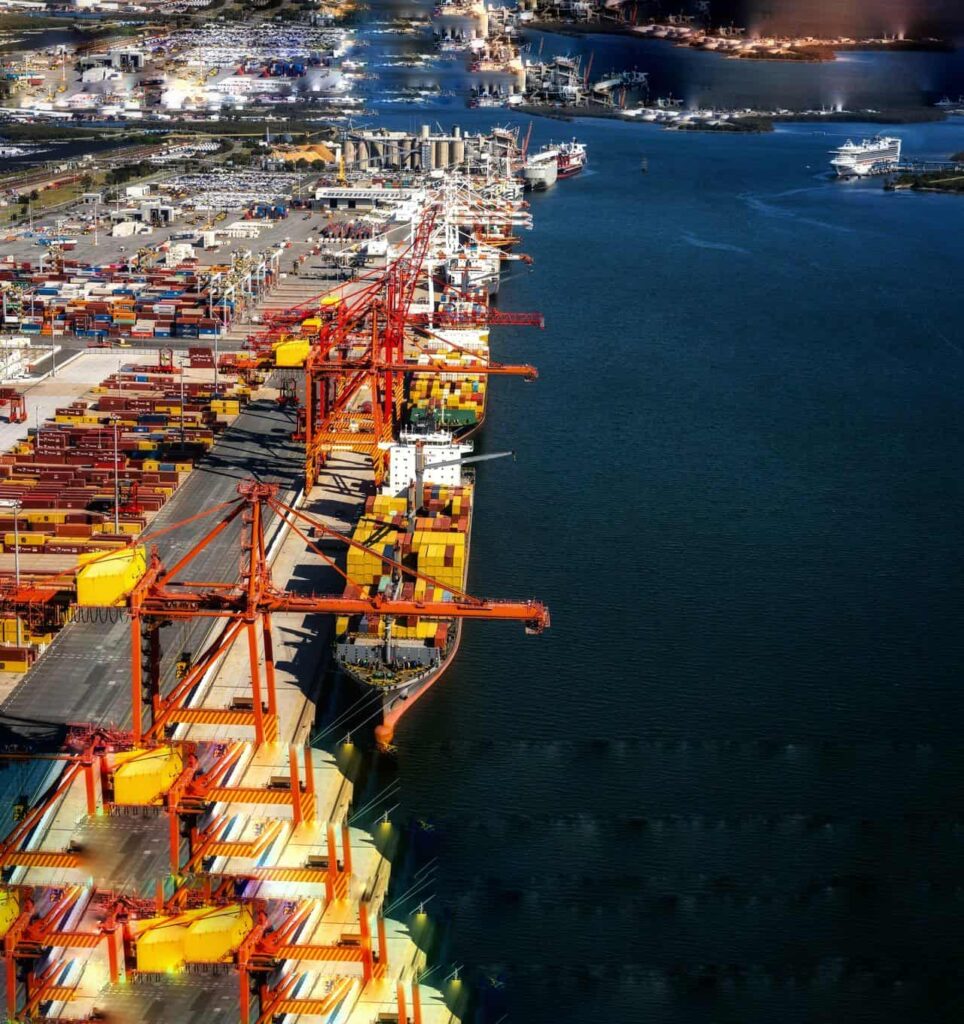By 2060, Queensland’s population is projected to reach 8.3 million, with container trade expected to triple and cruise passenger volumes to more than quadruple.
BICT will help Brisbane become the national capital for cruising in the decades to come
The Port of Brisbane Pty Ltd (PBPL) announced the launch of Vision 2060, a roadmap aimed at strengthening Queensland’s economy, future-proofing trade, and transitioning to a sustainable and efficient port, according to the company’s release.
Strategies to drive economic growth
Developed with input from industry, government, and community partners, and supported by research, Vision 2060 outlines strategies to drive economic growth while prioritizing innovation and environmental stewardship.
The forefront of that change
Neil Stephens, PBPL CEO, stated, “The way we trade and move goods is evolving, and Vision 2060 positions the Port of Brisbane to be at the forefront of that change.”
By 2060
By 2060, Queensland’s population is projected to reach 8.3 million, with container trade expected to triple and cruise passenger volumes to more than quadruple.
Energy demand could increase ten-fold as the port community seeks to decarbonize.
The roadmap focuses on three key areas
The roadmap focuses on three key areas: seamless connectivity through an integrated logistics ecosystem, clean energy via renewable solutions like solar, wind, and hydrogen to achieve net zero emissions, and designing for future generations with resilient infrastructure, a skilled workforce, and sustainable growth.
An opportunity
Stephens emphasized, “This is an opportunity to create a port that is cleaner, smarter and more connected, that will drive Queensland’s continued prosperity for generations to come.”
Modelling of Deloitte Access Economics
Modelling from Deloitte Access Economics indicates that by 2060, the port and its supply chain could contribute $25 billion in economic value to Queensland and support 125,000 jobs.
The plan includes
Stephens noted, “Our vision goes beyond business as usual. Ultimately, this is about ensuring Brisbane’s port of the future is driven by seamless connectivity, powered by clean energy and designed for future generations.” The plan includes an enhanced Brisbane International Cruise Terminal to support Queensland’s cruise industry.
The demand for more cruising
Stephens said, “Queenslanders and Australians are passionate about cruise. We know the demand is there for more cruising and we believe additional capacity at the BICT will help Brisbane become the national capital for cruising in the decades to come.”
Vision 2060 outlines initiatives
Vision 2060 outlines initiatives such as dedicated freight road and rail connections, integrated regional logistics hubs, autonomous zero-emission road corridors, channel capacity upgrades, cruise terminal expansion, electrified port operations, renewable energy generation, low-carbon fuel infrastructure, AI-enabled cargo coordination, workforce development, climate-resilient infrastructure, vertical warehousing, enhanced security, waste-to-energy solutions, and coastal resilience and biodiversity protection.
ِAbout :Port of Brisbane

Port of Brisbane Pty Ltd (PBPL) is the operator of the Port of Brisbane, a key trade gateway in Queensland, Australia. It manages port operations, infrastructure development, and logistics to support trade and economic growth.
Vision 2060 is a roadmap to help PBPL and our customers plan for the future, supporting our long-term strategy to become Australia’s premier port and logistics hub — here for the future.
The Port of Brisbane is a cornerstone of the Queensland economy – it is one of Australia’s fastest growing container ports and the state’s largest multi-cargo port.
Located at the mouth of the Brisbane River, Port of Brisbane is managed and developed by the Port of Brisbane Pty Ltd (PBPL) under a 99-year lease from the Queensland Government.
PBPL is owned by the APH Consortium
PBPL is owned by the APH Consortium (formerly known as Q Port Holdings consortium), comprising four of the world’s largest and most experienced infrastructure investors. The members are: Caisse de dépôt et placement du Québec; IFM Investors; QIC Private Capital Pty Ltd on behalf of its managed funds; and Tawreed Investments Ltd, a wholly-owned subsidiary of the Abu Dhabi Investment Authority.
Related : ITF statement on DP World at Melbourne and Brisbane ports





